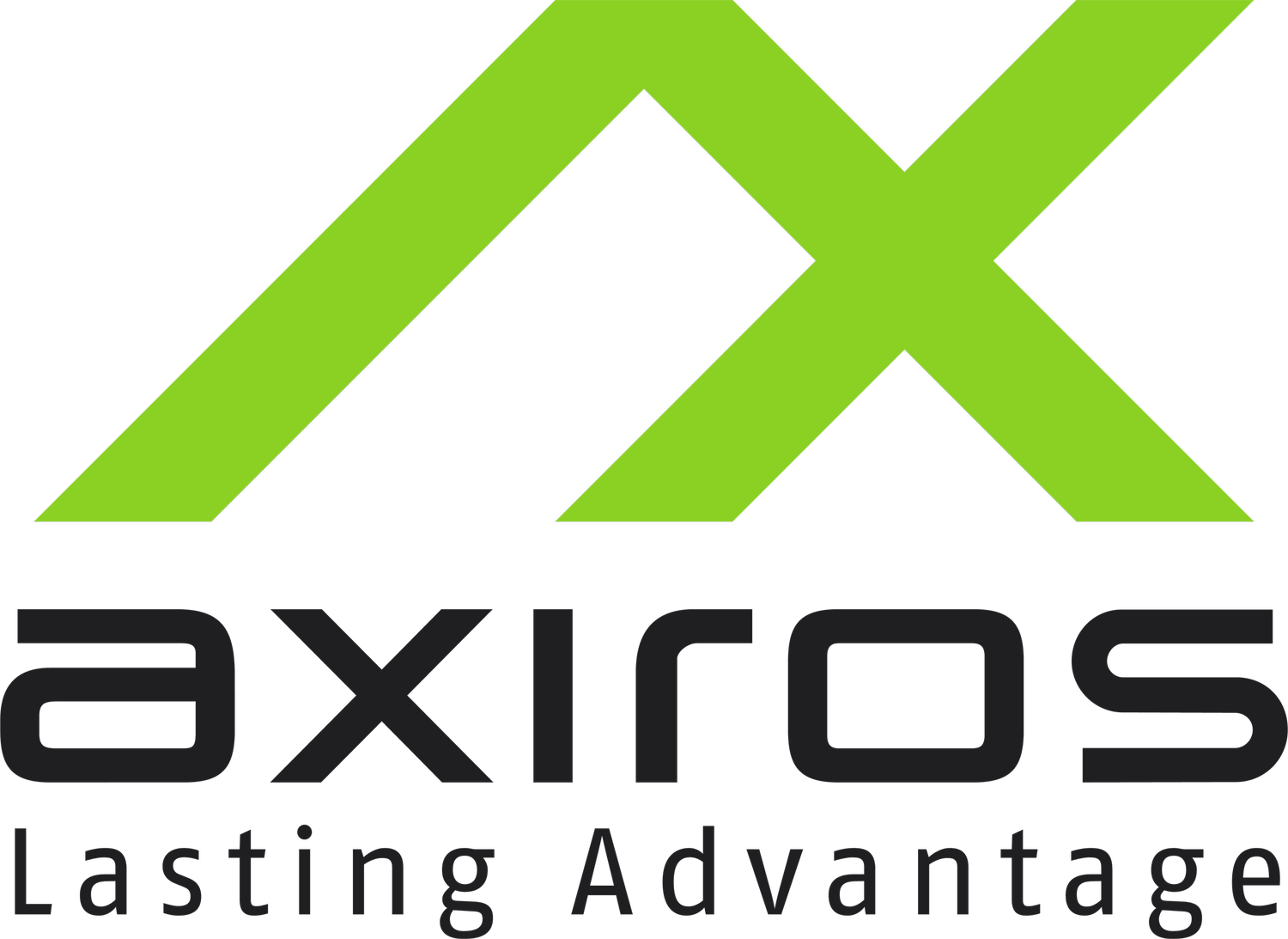Part 1 - Fifty Shades of DOCSIS Device Management
Introduction
In an increasingly competitive world, Internet service providers (ISPs) are constantly working to find new and expand existing offerings to clients, trying to improve the quality of the services and, at the same time, increase their operating profit. High-speed data transmission, interactive gaming, video-on-demand, videoconferencing, or telephony are just a few examples of these value-added services.
Internet service providers have been investing heavily into upgrading their existing infrastructure over the past few years and have turned it into a bi-directional Hybrid Fiber Coaxial (HFC) system that now guarantees reliable high-speed Internet access and stable transmission of digital cable TV signal. Undoubtedly, this bi-directional component makes it possible to successfully receive IP packets and transmit them and also provide high-speed data transmission (HSD) services. The same network can be used for VoIP services.
Cable TV offered today, as well as video programs on-demand, are transmitted on the same HFC system with IP-based services, although they use different frequency carriers.
To determine the technical specifications of the equipment, both at the subscriber's side and the headend or cable operator's node, DOCSIS technology standards are used.
They define the physical and data-link layer DOCSIS MAC protocols required to provide IP connectivity over the HFC cable system. The implementation of DOCSIS makes deployment of data services over the cable faster and ensures interoperability of equipment in the infrastructures of system operators.
To enable high-speed data transfer between the client device and the cable provider's headend, the DOCSIS Radio Frequency Interface (RFI) must define the specification for communication. On the client side, this data is provided by the cable modem (CM), and at the provider’s headend, by the Cable Modem Termination System (CMTS). The IP packets are bi-directionally exchanged over the HFC network by the CM and CMTS.
As you can see in the figure, one side of the CMTS is connected to the HFC network for cable modem access, and the other side is connected to the IP backbone through which services such as Internet access, VOIP, etc are provided.
The subscriber carries out a connection from the home network to the cable modem via Ethernet or Wireless interface. The modem receives packets from the LAN interface and sends them to the ISP via cable interface. As IP packets are sent over the HFC network, they are encapsulated as required by DOCSIS standards between the CM and CMTS.
There are variants when a cable modem can be an embedded MTA, in which case packets from different telephony devices are also encapsulated and transmitted over the cable interface. In this case, the cable modem acts as a normal bridge between these interfaces. The cable modem can also function as a router.
Cable modem termination system (CMTS-Cable Modem Termination System) data is also defined in the DOCSIS specifications. The CMTS is usually located at the ISP head-end or distribution node, making it the first network unit within the trust boundary. The CMTS implements a DOCSIS connection to cable modems as well as IP connection to ISP backbone via any WAN interface.
Axiros has developed a product that can be used to manage the configuration of cable modems and PacketCable MTAs. This product is called AX DOCSIS. AX DOCSIS automates the provisioning, configuration, and management of network devices (Cable Modems, Multimedia terminal adapters, CPEs) supported by a broadband service provider. It is designed for providers who want to deploy IP data, voice, and video on HFC networks. AX DOCSIS is very flexible and can be adapted to work with almost any network, regardless of its size. It provides automatic data redundancy and failover by default.
AX DOCSIS includes DHCPv4 and DHCPv6 servers, a DNS server, TFTP, SNMP, SysLog, and Time-of-Day (ToD) servers needed during provisioning.
The cable modems and MTAs receive configuration files using TFTP, with the cable modems using ToD servers in the provisioning process. Once the DHCP server assigns a new lease to the MTA, it can dynamically update the DNS servers.

